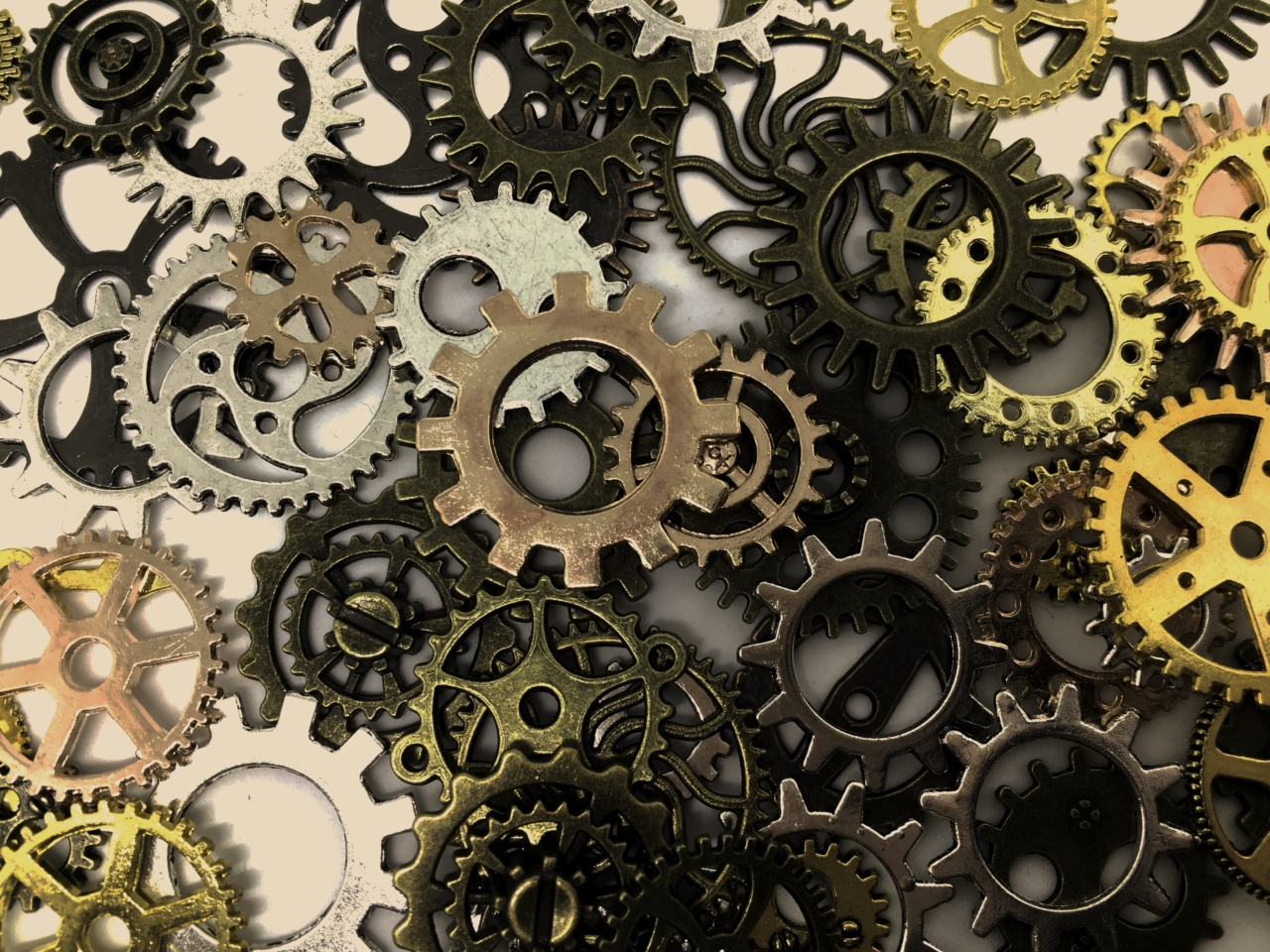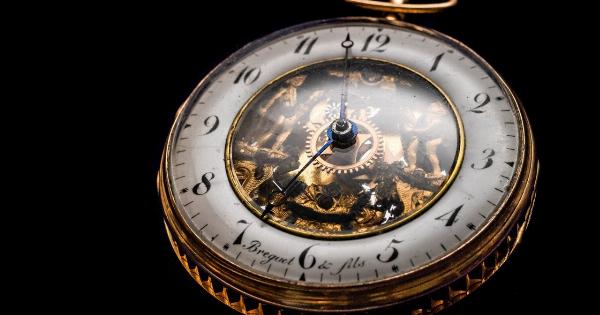Cardiac Analysis is the procedure of watching and reading the cardiovascular system’s activities by laboratory tests and imaging techniques that help to recognize disorders or disturbances of the heart.
: The Clockwork Gauges for Cardiac Analysis are
1. Electrocardiogram (ECG)
An Electrocardiogram (ECG) monitor the electrical activity of the heart and improves the detection of cardiovascular disease. An ECG machine is a device that enables physicians to identify issues with heart beats and rhythms.
2. Echocardiography
Echocardiography employs sound waves to generate images of the heart. It operates by emitting high-frequency sounds that bounce off the heart and reflecting off the heart forming an echo-like image.
3. Cardiac CT scan (computed tomography)
A Cardiac CT scan may also allow you to view the heart and circulatory system’s various areas. This medical method entails taking photos of the heart from limited angles and offering doctors a comprehensive overview of the heart.
4. Holter monitoring
Holter monitoring is a procedure that monitors continuous electrocardiography (ECG) of the heart. It is a diagnostic method used to diagnose cardiac arrhythmia, atrial fibrillation, and identify a pacemaker.
This method stores electrocardiographic data, enabling physicians to identify heart rhythm anomalies.
5. Cardiac MRI (magnetic resonance imaging)
Cardiac MRI is a test that enables physicians to diagnose structural issues in the heart with the aid of a magnetic force field.
To monitor the function of the heart and relevant arteries, the procedure enables magnetic fields and radio waves to generate pictures of various areas and views.
Conclusion
Cardiac Analysis is vital to identify heart diseases or disorders with potential life-threatening consequences. The above five clockwork gauges provide physicians with a unique toolset to perform accurate cardiac analysis.




























